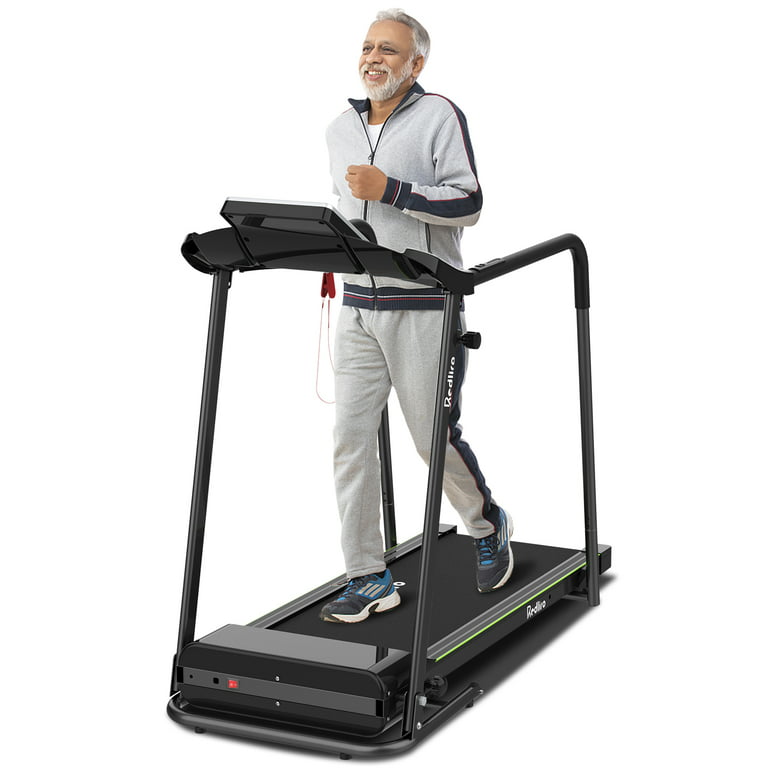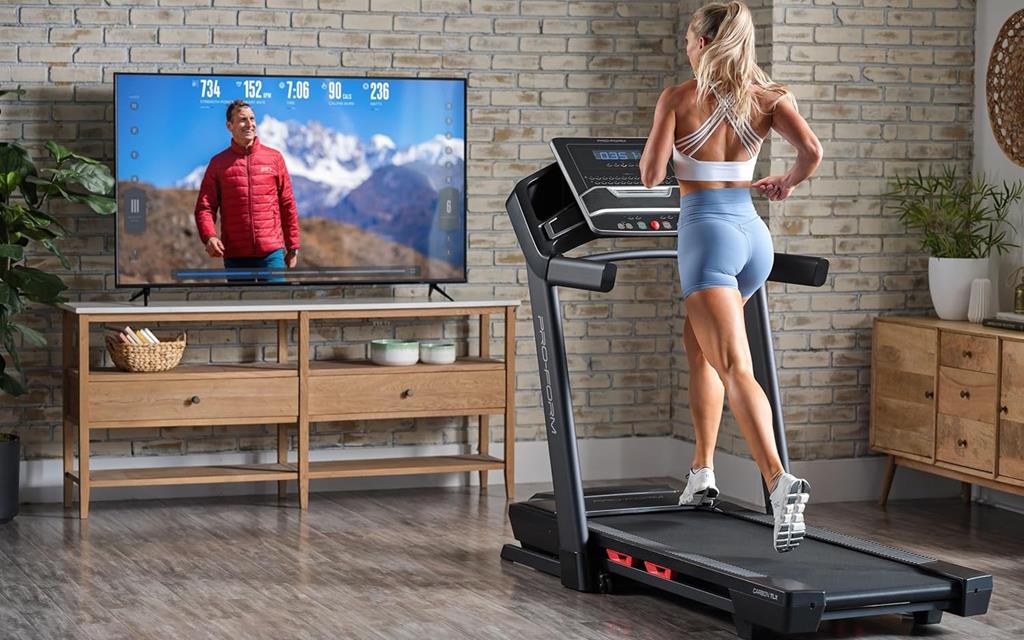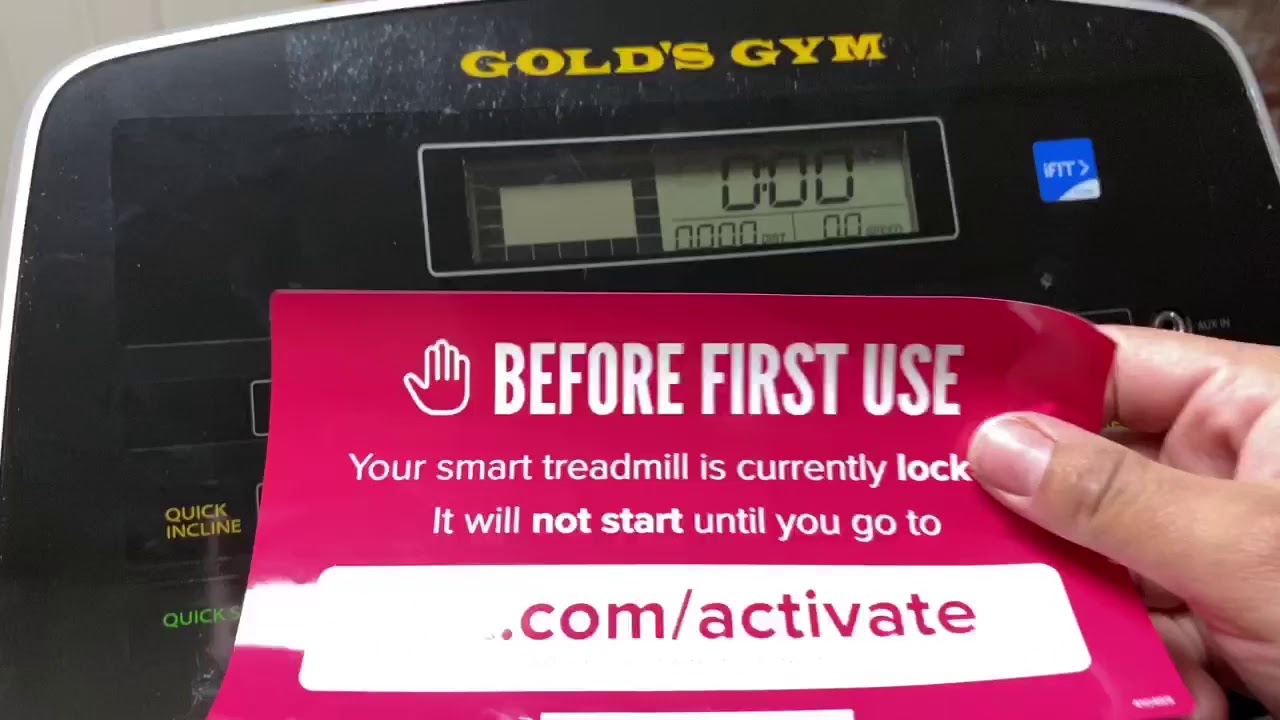Common treadmill injuries often involve sprains, strains, and stress fractures. These injuries typically stem from overuse, improper use, or falls.
Treadmill workouts are a staple in fitness routines, offering a consistent and convenient exercise option. Yet, like any physical activity, they can pose risks when not approached with care. Treadmill injuries are not uncommon, especially for enthusiasts who may overlook the importance of proper form or fail to adjust the equipment settings to their individual needs.
The repetitive nature of treadmill use can lead to a variety of musculoskeletal issues, which is why understanding these risks is crucial. Embracing the right techniques and keeping safety in mind can make your run or walk on this popular machine both effective and safe. This introduction sets the stage for a more in-depth look at preventing and managing common treadmill-related injuries, ensuring that your path to fitness remains as injury-free as possible.
Risky Steps On The Treadmill
Treadmills are popular fitness machines. Yet, they come with risks. This post will highlight some common treadmill injuries. Understanding these can help prevent accidents and improve safety.
Tripping And Falling Hazards
Treadmills can be tricky. One false step can lead to a nasty fall. Sharp increases in speed or distraction can cause trips or slips. It’s key to start slow and stay focused.
- Always use the safety clip.
- Adjust speeds gradually.
- Look straight ahead.
Overuse Leads To Stress Injuries
Too much treadmill time can strain your body. Repetitive motion on a hard surface stresses joints. Listen to your body and rest if needed.
| Body Part | Common Stress Injuries |
|---|---|
| Knees | Tendonitis, Runner’s Knee |
| Ankles | Sprains, Achilles Tendonitis |
| Hips | Bursitis, IT Band Syndrome |
Alternate treadmill workouts with other exercises. Consider low-impact options like swimming or cycling. And remember, warm up before and cool down after your workout.

Credit: mcpress.mayoclinic.org
Injuries For Beginners And Seasoned Runners
Whether you’re new to the treadmill or you’ve been running for years, injuries can occur. Knowing the common issues faced by beginners and seasoned runners helps prevent these mishaps. Let’s explore frequent treadmill injuries and how to avoid them.
Ankle Sprains And Strains
Ankle injuries often happen on the treadmill. Sudden movements or losing balance can lead to a sprain or strain. Here’s what runners should know:
- Warm up is key to prepare the ankles.
- Wear shoes that offer good support and fit well.
- Focus on form – improper foot placement can cause twists.
- Beginners should start slow to build ankle strength.
Knee Pain And Runner’s Knee
Knee pain is common in treadmill users, and ‘Runner’s Knee’ is a specific condition that can cause discomfort around the kneecap. Here are ways to prevent knee pain:
- Build up intensity gradually to avoid overloading the knees.
- Use the treadmill’s incline feature wisely to reduce knee stress.
- Include strength training for the legs to support the knees.
- Seasoned runners should mix low and high-impact workouts.
Both beginners and experienced runners must listen to their body and rest when needed. Seeking professional advice for persistent pain is critical for a quick recovery and return to running.
Missteps In Treadmill Use
Even with its popularity, the treadmill can cause injuries. Simple blunders often lead to these mishaps. Let’s talk about common errors and how to avoid them.
Improper Footwear Complications
Choosing the right shoes is a must. They protect your feet while running or walking. Wrong shoes bring a host of problems, such as:
- Blisters
- Foot pain
- Ankle sprains
- Stress fractures
High-quality running shoes go a long way. They should fit well and offer support. This will keep your treadmill workouts safe and comfortable.
Neglecting Proper Form
Proper form on a treadmill is key. Poor posture or technique can lead to injuries. Here are tips to maintain good form:
- Stand tall
- Keep a slight lean forward
- Use a natural arm swing
- Look ahead, not down
- Don’t overstride
Avoid holding onto the handrails too tightly. This can affect your balance and strain muscles. Remember to start slow and gradually increase your speed to stay safe.
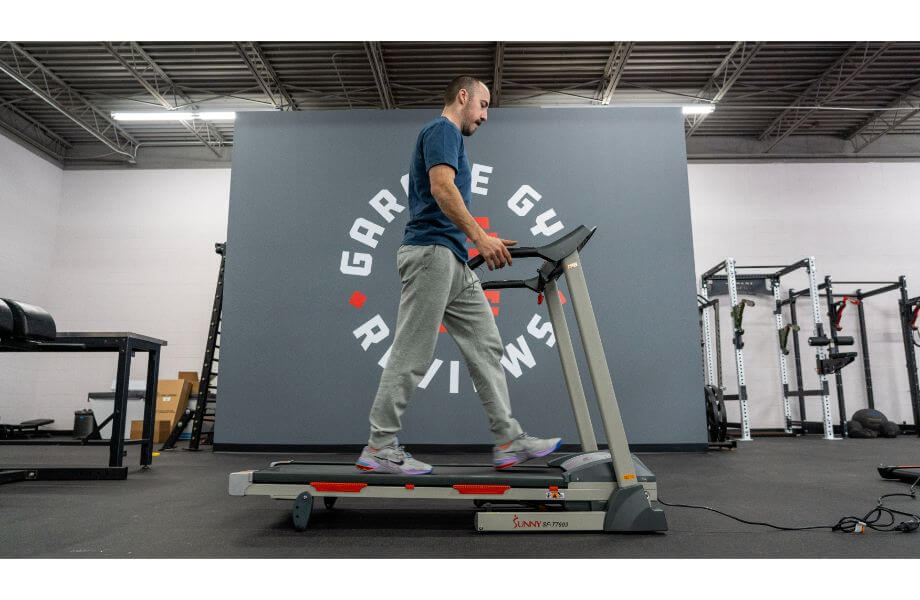
Credit: www.garagegymreviews.com
Technological Traps
Modern treadmills come packed with tech features that enhance your workout experience. From touch screens to integrated TVs, these advances aim to make exercise enjoyable. Yet, they can lead to common treadmill injuries if not used with caution. In this section, we explore the risks and provide tips on staying safe while making the most of your treadmill’s technology.
Distracted Running Accidents
Running while distracted is a primary cause of accidents on treadmills. Using gadgets or watching videos during exercise might seem harmless, but it can lead to:
- Loss of balance
- Trips and falls
- Incorrect posture
Stay focused on your run to avoid these hazards. Keep workout intensity appropriate to your fitness level. Use technology responsibly to maintain proper form and safety.
Equipment Malfunction Incidents
Sophisticated treadmill tech also brings the risk of equipment malfunction. While rare, incidents can occur due to:
| Mechanism Issue | Possible Result |
|---|---|
| Software Glitches | Sudden speed changes |
| Power Surges | Unexpected startups or shutdowns |
| Wear and Tear | Breakdowns during use |
Maintain your treadmill regularly and report strange noises or behaviors. This upkeep ensures safety and extends your equipment’s life.
Safeguarding Your Workout
Treadmills are great for staying fit. Yet, they can cause injuries. This can happen when you’re not careful. But don’t worry! It’s easy to stay safe. Just follow some simple tips. Ensure you have a good workout without the ouch.
Appropriate Warm-up Techniques
Warming up is key before any exercise. It gets your body ready. Start slow, and then increase the pace. Here’s how to do it right:
- Stretch it out: Stretch your legs and back.
- Start slow: Walk before you run.
- Loosen up: Roll your shoulders and neck.
Good warm-ups prevent muscle pulls. They make sure you’re good to go!
Consistent Equipment Maintenance
Look after your treadmill, and it will look after you. Simple steps make it stay safe. Check these things often:
| Part | Action |
|---|---|
| Belt | Keep it tight and centered. |
| Motor | Clean out dust. |
| Deck | Use lubricant. This keeps it smooth. |
Maintenance stops sudden stops. It helps prevent falls. So, always check your equipment.
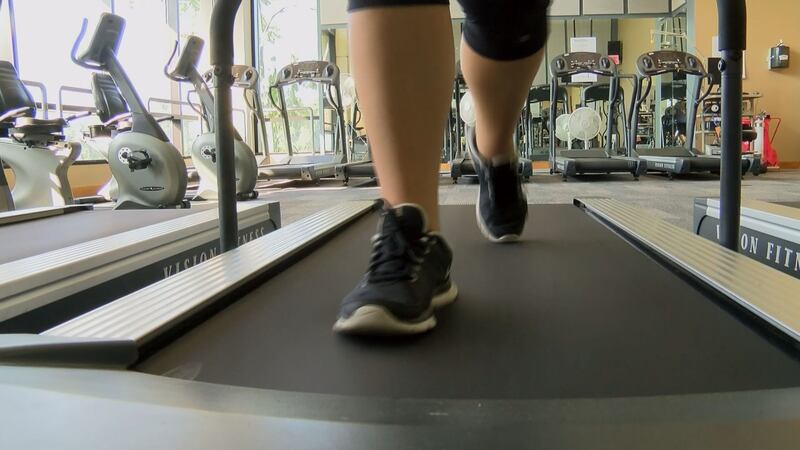
Credit: www.wafb.com
Frequently Asked Questions Of Common Treadmill Injuries
Are You More Likely To Get Injured On A Treadmill?
Treadmill injuries can occur but are not inevitable. Proper use reduces risk. Correct posture, speed, and not overstepping your fitness level can help prevent accidents. Always use the safety features provided.
How Many People Get Injured On The Treadmill Each Year?
Every year, approximately 24,000 people suffer injuries from treadmill use in the United States, according to data from the CPSC.
How Long Is It Safe To Walk On A Treadmill?
Walking on a treadmill is generally safe for most people for up to an hour daily. Always listen to your body and consult a healthcare professional before starting new exercise routines. Adjust duration and intensity according to your fitness level.
Who Should Not Use Treadmill?
Individuals with severe joint pain, heart conditions, balance disorders, or recovering from surgery should avoid using treadmills. Pregnant women should consult their doctor before use.
Conclusion
Regular treadmill exercise offers numerous health benefits, but it’s vital to stay mindful of common injuries. Adopting correct postures, starting with moderate workouts, and using appropriate footwear can significantly reduce risks. Prioritize safety to enjoy the long-lasting rewards of your fitness journey.
Keep running towards health, not injuries.
